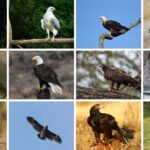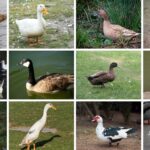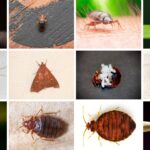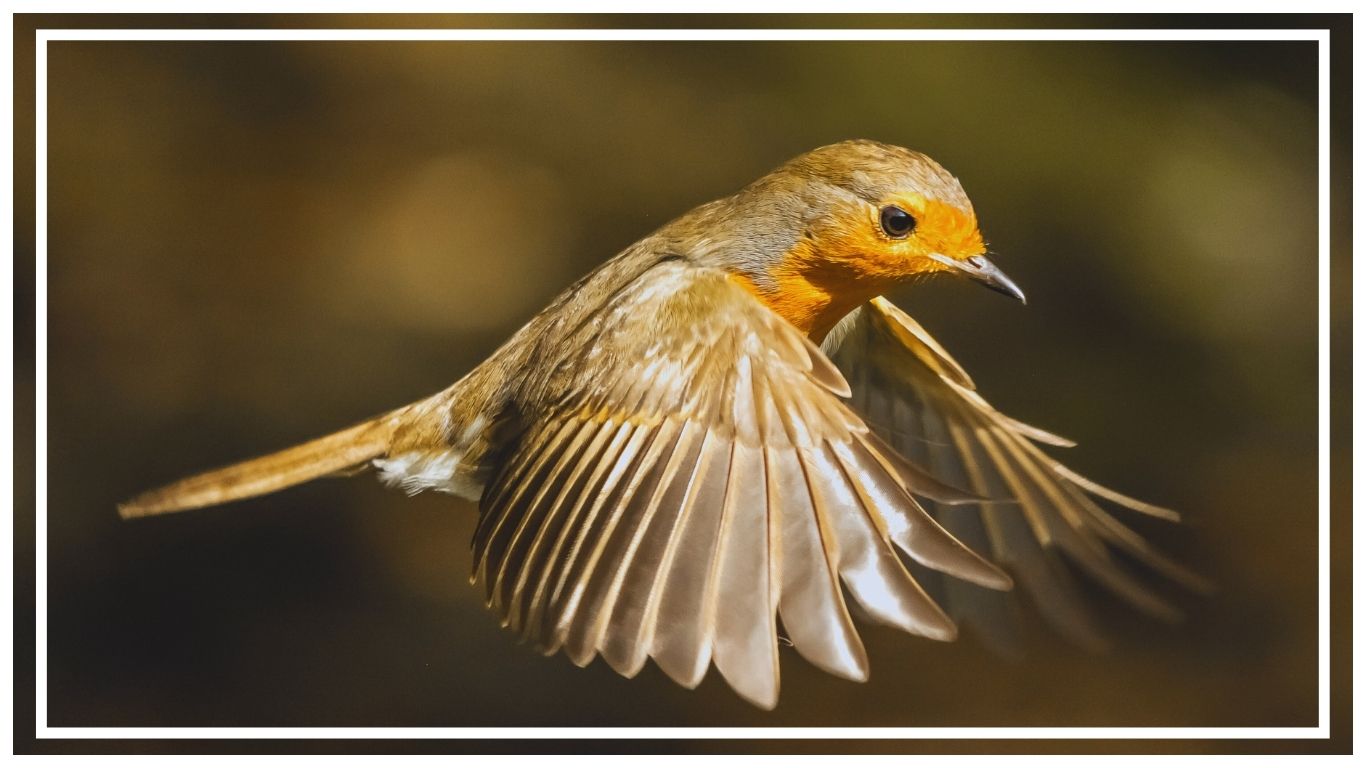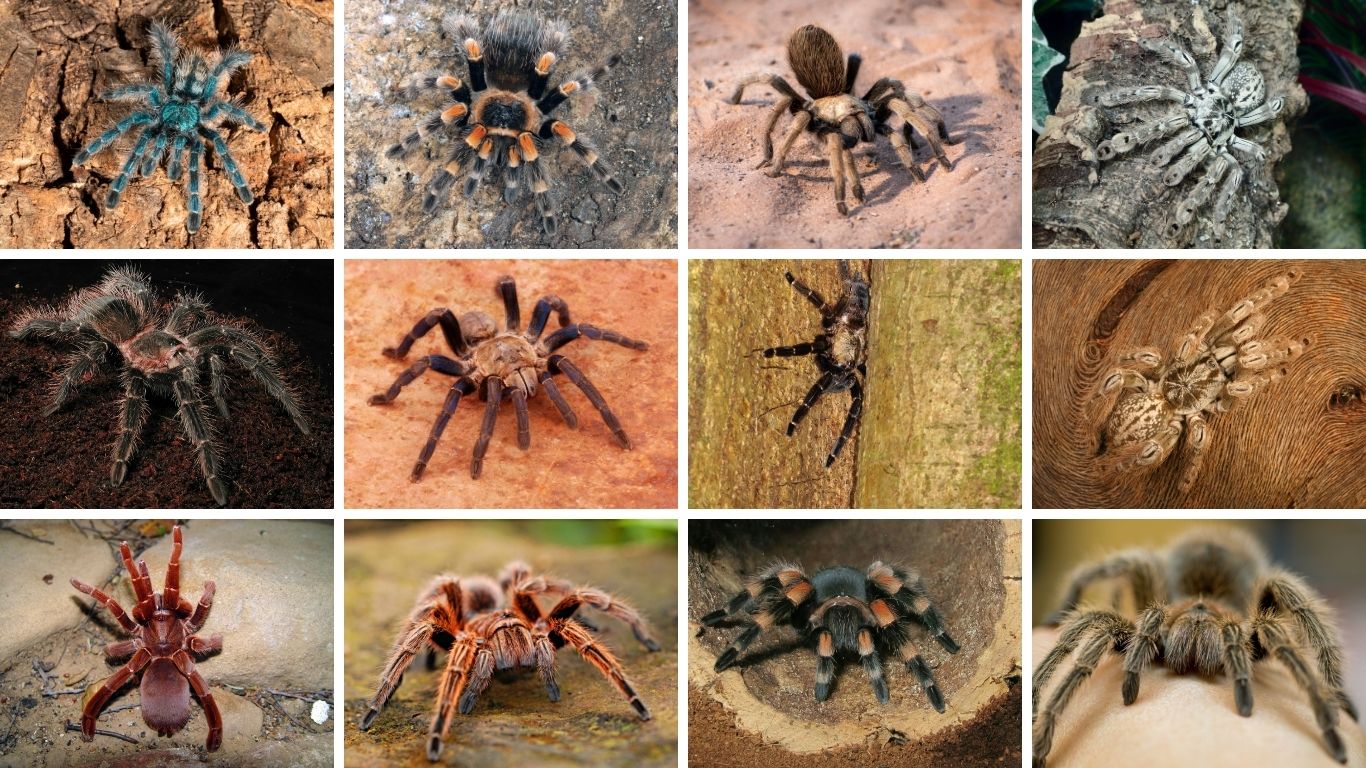The American Robin is one of the most recognized and widespread songbirds in North America. With its bold red-orange breast, cheerful song, and early spring arrival, this bird has become a symbol of renewal and change. Whether perched in suburban backyards, darting across grassy fields, or building nests in quiet corners, the American Robin is a familiar sight year-round.
What is an American Robin?
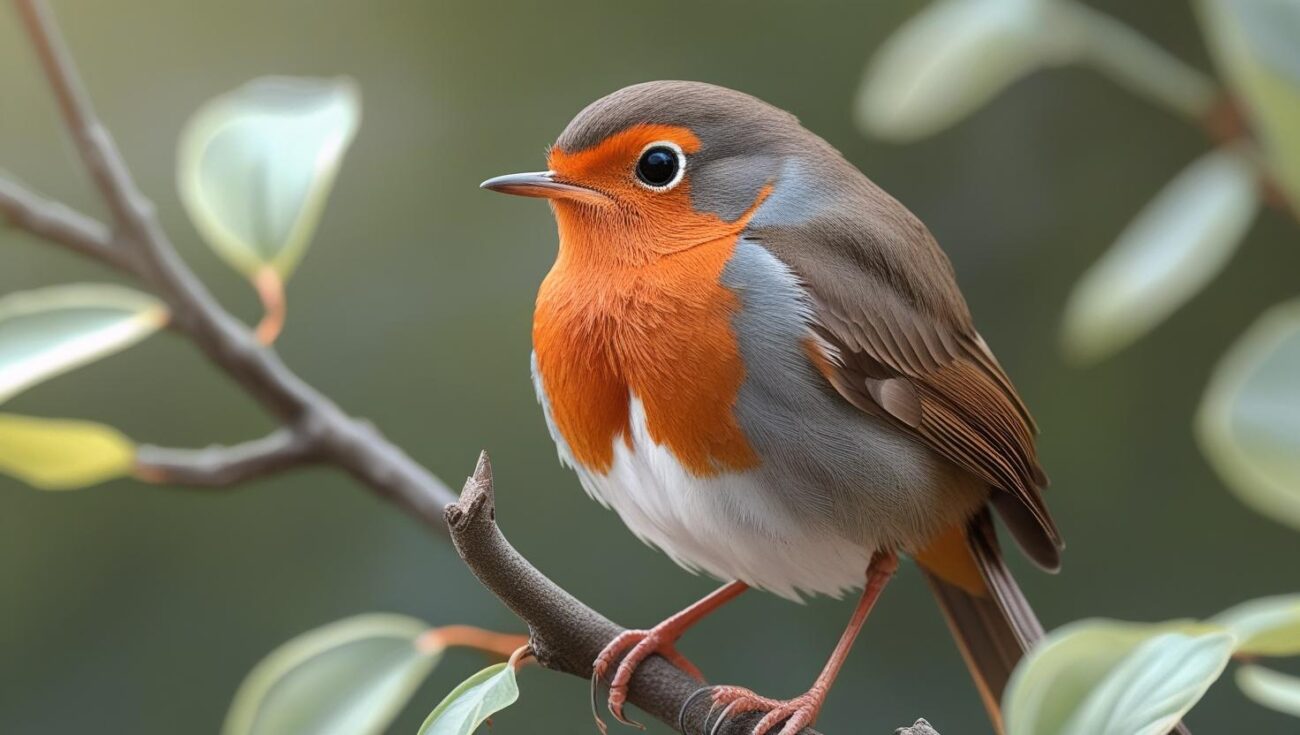
The American Robin (Turdus migratorius) belongs to the thrush family and is easily recognized by its bright chest and melodic voice. It’s commonly spotted hopping across lawns, foraging for worms, and perched on tree branches during early mornings. Despite its name, it’s not closely related to the European Robin, though both share a similar reddish breast, which explains the naming resemblance.
American Robin Bird Characteristics
- Size: Medium-sized songbird, around 9–11 inches in length
- Wingspan: Approximately 12–16 inches
- Weight: Ranges from 2.3 to 3 ounces
- Coloration: Distinctive red-orange breast, dark gray back, and a white throat with black streaks. Males are more vibrant, while females appear duller in tone.
- Eye ring: Thin white ring around each eye
- Posture: Upright stance, often puffed up when perched
Although some people refer to it as the American Red Robin, this isn’t an official term—just a casual way to highlight its iconic breast color. Scientifically, it’s best known simply as the American Robin.
American Robin Scientific Name and Classification
- Scientific name: Turdus migratorius
- Family: Turdidae (Thrush family)
- Order: Passeriformes
- Genus: Turdus
This genus also includes blackbirds and other thrushes, known for their melodic songs and territorial behavior.
American Robin Range and Habitat
The American Robin has one of the widest ranges of any North American songbird. It can be found across most of the United States, southern Canada, and even parts of Central America depending on the season.
- Year-round Range: Most of the continental U.S.
- Summer Breeding Grounds: Southern Canada and northern U.S.
- Wintering Areas: Southern U.S., Mexico, and parts of Central America
Habitat preferences include woodlands, farmlands, gardens, parks, and urban neighborhoods. They’re highly adaptable birds, equally comfortable in wild forests and suburban backyards. You’ll often see them hopping around lawns in search of food or nesting under eaves and branches.
American Robin Male vs Female

At first glance, male and female American Robins may look nearly identical—but a closer look reveals several subtle differences in color, behavior, and role during nesting. Males tend to be brighter and more vocal, while females play a more reserved role, often focused on nesting and raising young. These distinctions are especially noticeable during the breeding season when both birds can often be seen together.
Comparison Table: Male vs Female American Robin
| Feature | Male American Robin | Female American Robin |
| Breast Color | Bright red-orange | Pale orange or peach-toned |
| Head Color | Jet black or dark charcoal | Grayish-brown |
| Back and Wing Color | Dark gray to black | Lighter gray-brown |
| Beak Color | Bright yellow, clean edges | Dull yellow or yellow with dark tip |
| Size and Shape | Slightly larger, puffier chest | Slightly smaller, slimmer body |
| Vocalization | Loud and frequent singer | Quieter; rarely sings |
| Behavior in Mating Season | Aggressive, territorial, performs displays | Passive, focused on nesting and choosing mate |
| Nesting Role | Guards territory, feeds chicks | Builds nest, lays eggs, incubates |
Life Cycle and Development
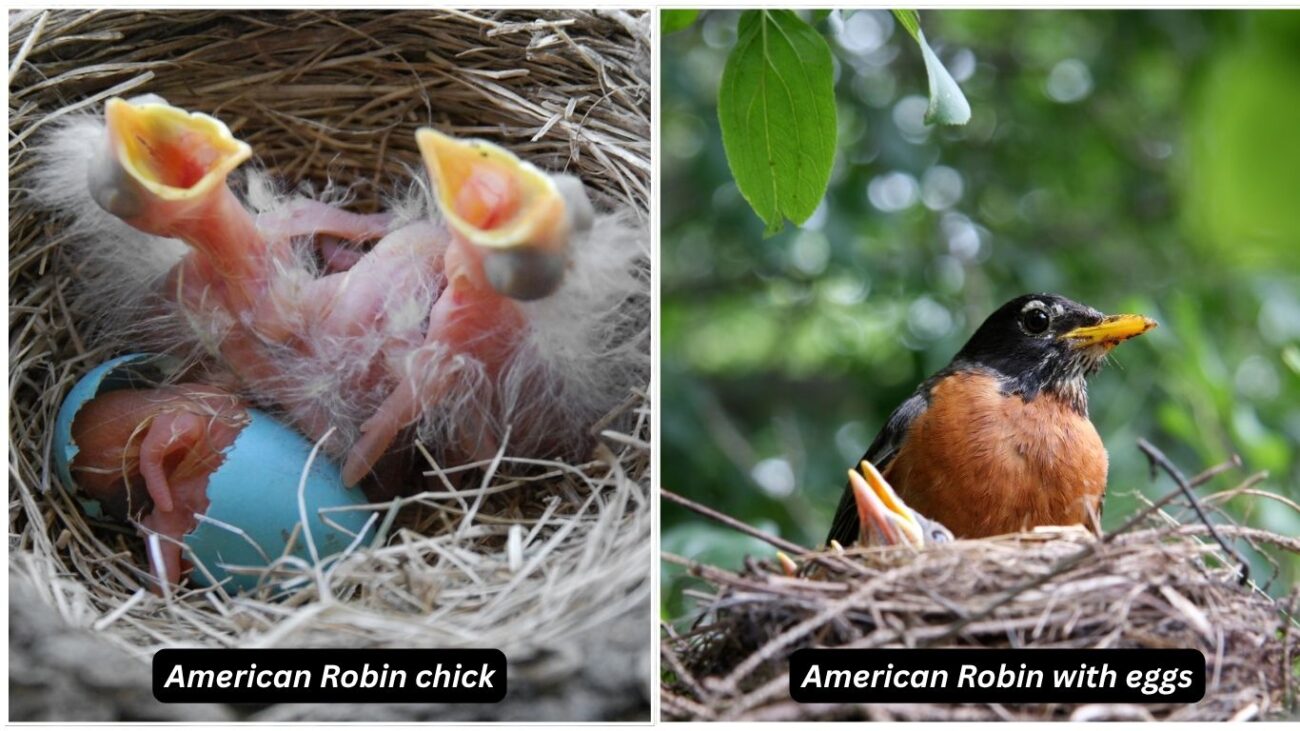
The American Robin’s life cycle is a fascinating journey—from delicate blue eggs to fully independent fledglings. These birds are known for their dedicated parenting, quick development, and multiple broods during a single breeding season. Watching this process unfold is a common and rewarding experience for birdwatchers and backyard nature lovers alike.
American Robin Nest and Eggs
Female robins are responsible for building the nest, typically constructed from grass, twigs, and mud. The nests are often located on tree branches, windowsills, ledges, or under porch roofs—places that offer both stability and some concealment.
- Nest shape: Cup-shaped, sturdy, and about 6 inches across
- Eggs: Usually 3 to 5 per clutch, smooth and sky-blue in color
- Incubation: Only the female incubates the eggs, which takes about 12 to 14 days
This bright blue egg color is so distinctive that “robin’s egg blue” is a commonly used color name in design and fashion.
Hatching to Fledgling
Once the eggs hatch, baby robins emerge blind, featherless, and entirely dependent on their parents for warmth and food. In the early days, the female remains close to the nest, brooding the chicks to keep them warm, while the male works tirelessly to bring back insects, worms, and berries. Hatching typically occurs about two weeks after the eggs are laid. From there, the nestling period lasts around thirteen days, during which both parents share the responsibility of feeding the growing chicks. By day 13 to 15, the fledglings are ready to leave the nest, although they don’t venture far. These young birds stay close by, often hiding in shrubs or low branches while they continue learning to fly, forage, and avoid predators with parental guidance.
Juvenile and Young Robins
Juvenile American Robins are easy to recognize once you know what to look for. Unlike the solid red-orange breast of adults, juveniles have a chest that’s speckled with brown markings. Their head and back appear mottled with shades of gray and brown, making them look patchy and less refined than mature robins. In terms of behavior, they’re still figuring out the world—often clumsy in flight and noisy as they call out to their parents for food. Though they’ve left the nest, they remain within their parents’ territory for several weeks as they gradually become more independent and confident on their own.
Diet and Feeding Behavior

The American Robin’s diet is as varied as the environments it lives in. These birds are opportunistic feeders, adapting their meals to the season and availability of food sources. Their ability to switch between insects and fruits helps them survive and thrive throughout the year.
Primary Foods During Spring and Summer
In the warmer months, American Robins focus heavily on animal-based foods. Earthworms are a favorite, especially in the early morning when dew brings them closer to the surface. Robins are often seen on lawns, pausing, tilting their heads, and then striking the ground to pull up worms. This behavior is driven by their excellent hearing and vision.
They also consume a wide variety of insects, including beetles, caterpillars, grasshoppers, and spiders. These protein-rich meals are crucial during the breeding season, particularly when feeding rapidly growing chicks in the nest.
Fruit-Based Diet in Fall and Winter
As insect populations decline in the fall, robins shift their diet to fruits and berries. This seasonal transition allows them to continue finding nourishment even as the ground freezes. Common fruits include dogwood berries, holly, juniper, sumac, crabapples, and other wild berries. In urban areas, they may also raid fruit trees in yards and gardens.
This fruit-heavy diet sustains them through cold months and also influences their winter range. If a region has a good supply of berries, some robins may choose not to migrate at all.
Feeding the Young
When raising their young, robins focus on high-protein foods. Both male and female parents are active feeders, delivering soft-bodied insects and worms directly into the open mouths of their chicks. This phase is energy-intensive, with parents making hundreds of food trips a day. Protein is essential for the chicks’ fast development from hatchlings to fledglings.
Migration Patterns
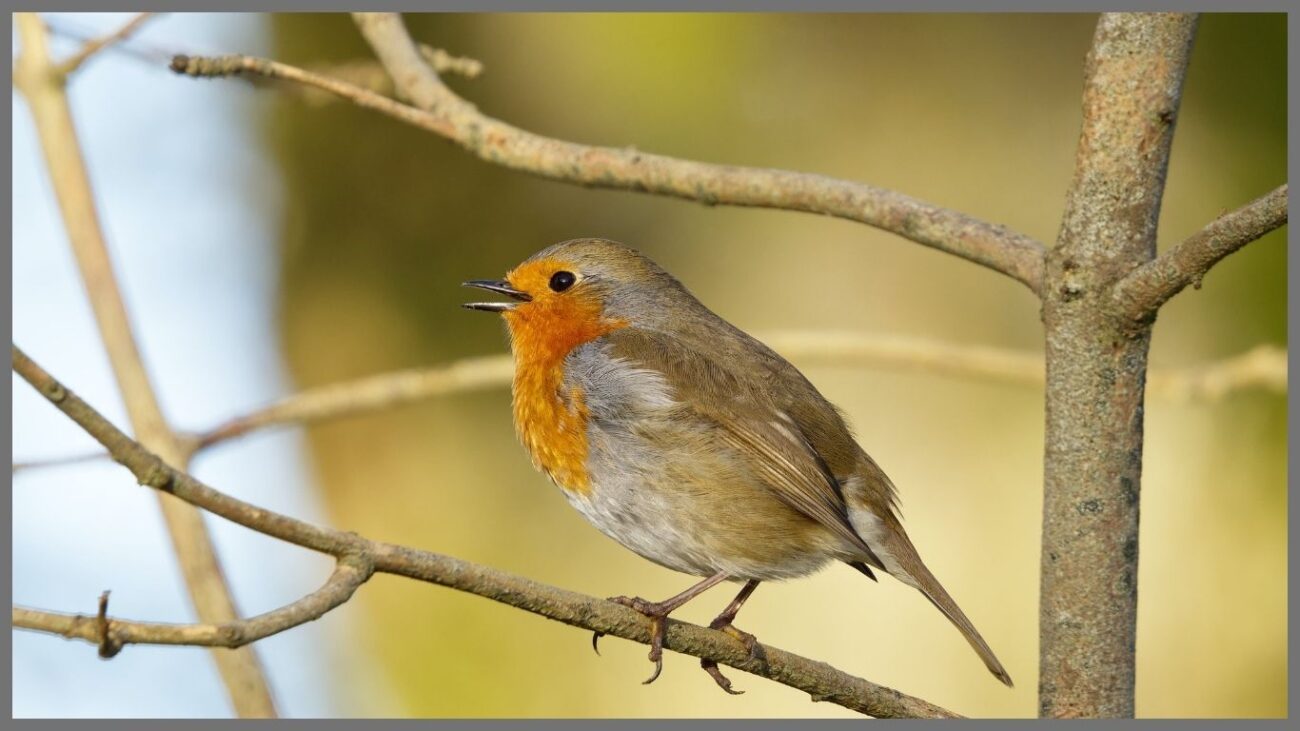
American Robins are partial migrants, meaning some migrate while others stay put, depending on food availability and climate. In northern regions, most robins migrate south as winter approaches.
Their migration is often less noticeable because they travel in flocks and stay in wooded areas, unlike their solitary behavior in spring. They may appear suddenly in large numbers when food is plentiful.
Many robins return to the same breeding grounds year after year, arriving as early as late February in warmer areas.
Behavior and Flight
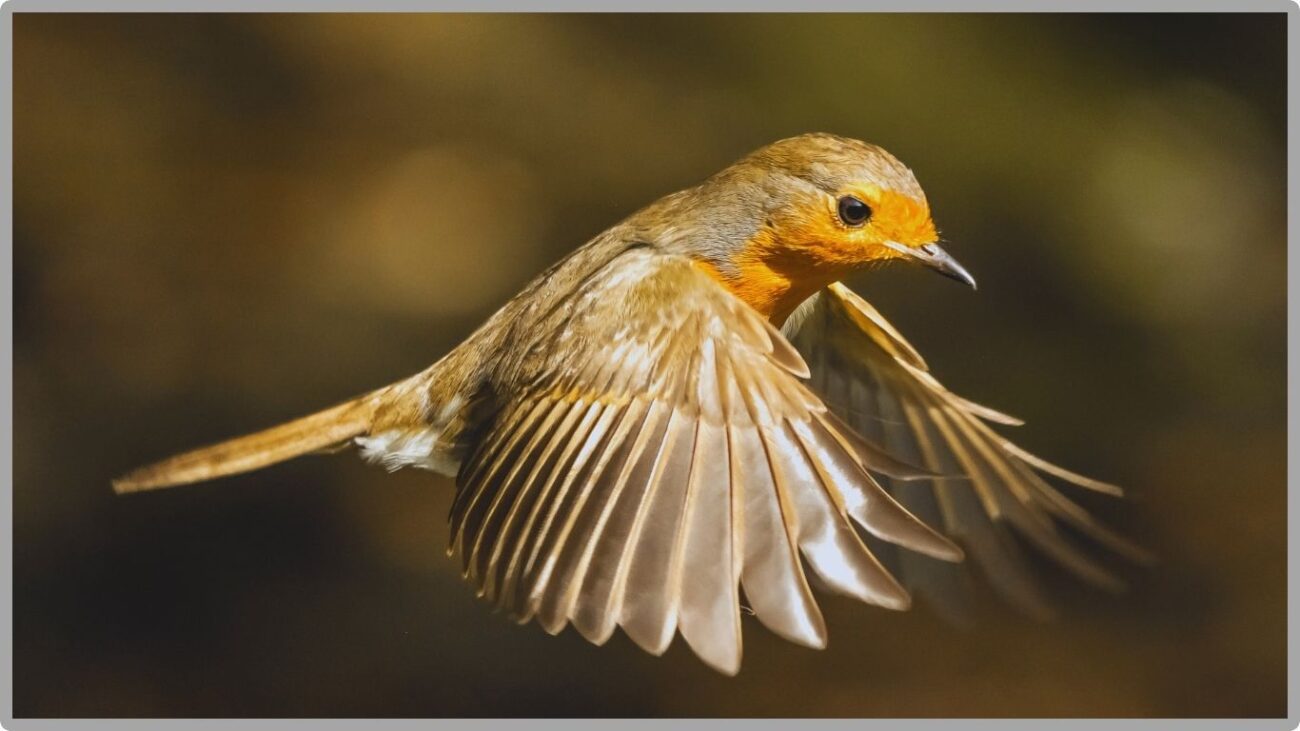
American Robins are highly active birds, displaying a mix of alertness, curiosity, and territorial behavior. On the ground, they’re often seen hopping or sprinting in short bursts while foraging. Their movements are smooth and deliberate, with frequent pauses to scan their surroundings.
In flight, robins have a strong, steady wingbeat and travel in short glides. They fly in direct paths between trees and open fields, rarely soaring for long distances. During migration, however, they may travel hundreds of miles across regions.
Robins are also territorial, especially during the breeding season. Males aggressively defend their nesting area by chasing away rivals and may even confront their own reflection. Outside of breeding season, they become more social and often gather in large flocks during fall and winter.
Lifespan and Interesting Facts
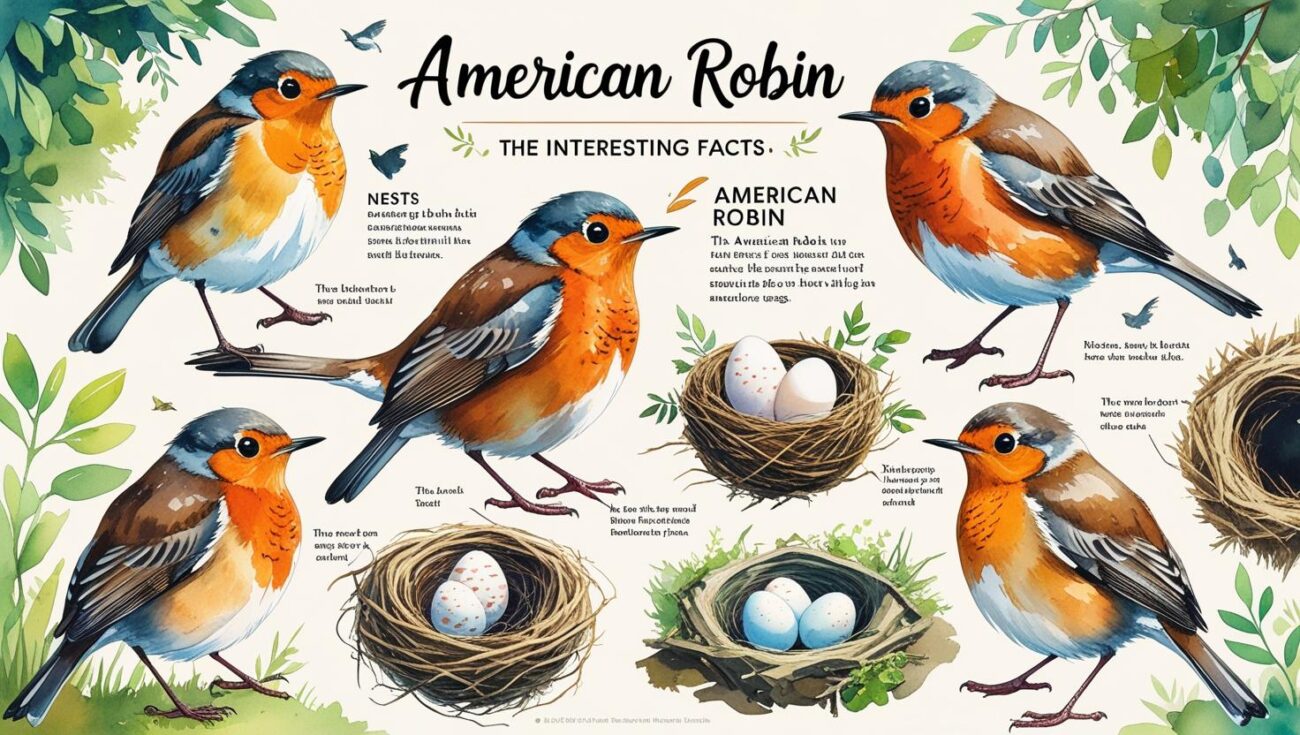
The American Robin’s lifespan varies widely depending on its environment, predators, and food availability. Though many face challenges early in life, those that survive the first year often live much longer.
How Long Do American Robins Live?
In the wild, most American Robins live about 2 years, primarily because many don’t survive their first year due to predation or harsh conditions. However, robins that make it past this vulnerable stage can live up to 6 years or more. The oldest known wild American Robin reached almost 14 years of age, according to bird banding records.
Survival Challenges and Natural Threats
Many robins fall victim to cats, hawks, window strikes, and severe weather. Nestlings and fledglings are especially at risk from raccoons, snakes, and other predators. Despite these threats, the species remains widespread and stable due to its high reproductive rate and adaptability.
Conclusion
The American Robin is more than just a familiar backyard bird—it’s a vital part of North America’s ecosystem. From its striking plumage and cheerful song to its seasonal migration and parenting habits, every aspect of the robin’s life tells a story of adaptability and resilience. Understanding the differences between males and females, their life cycle, diet, and behaviors helps us appreciate these birds even more. Whether you’re a casual observer or an avid birdwatcher, the robin remains a symbol of nature’s quiet beauty.


